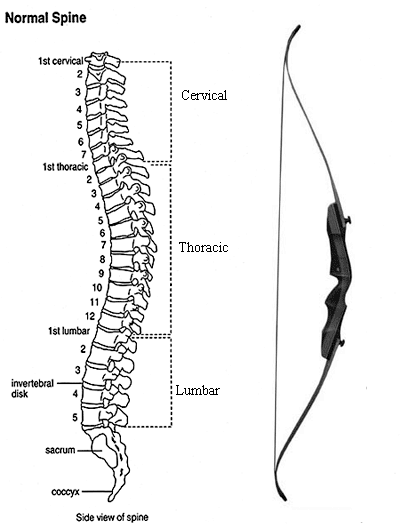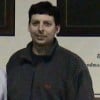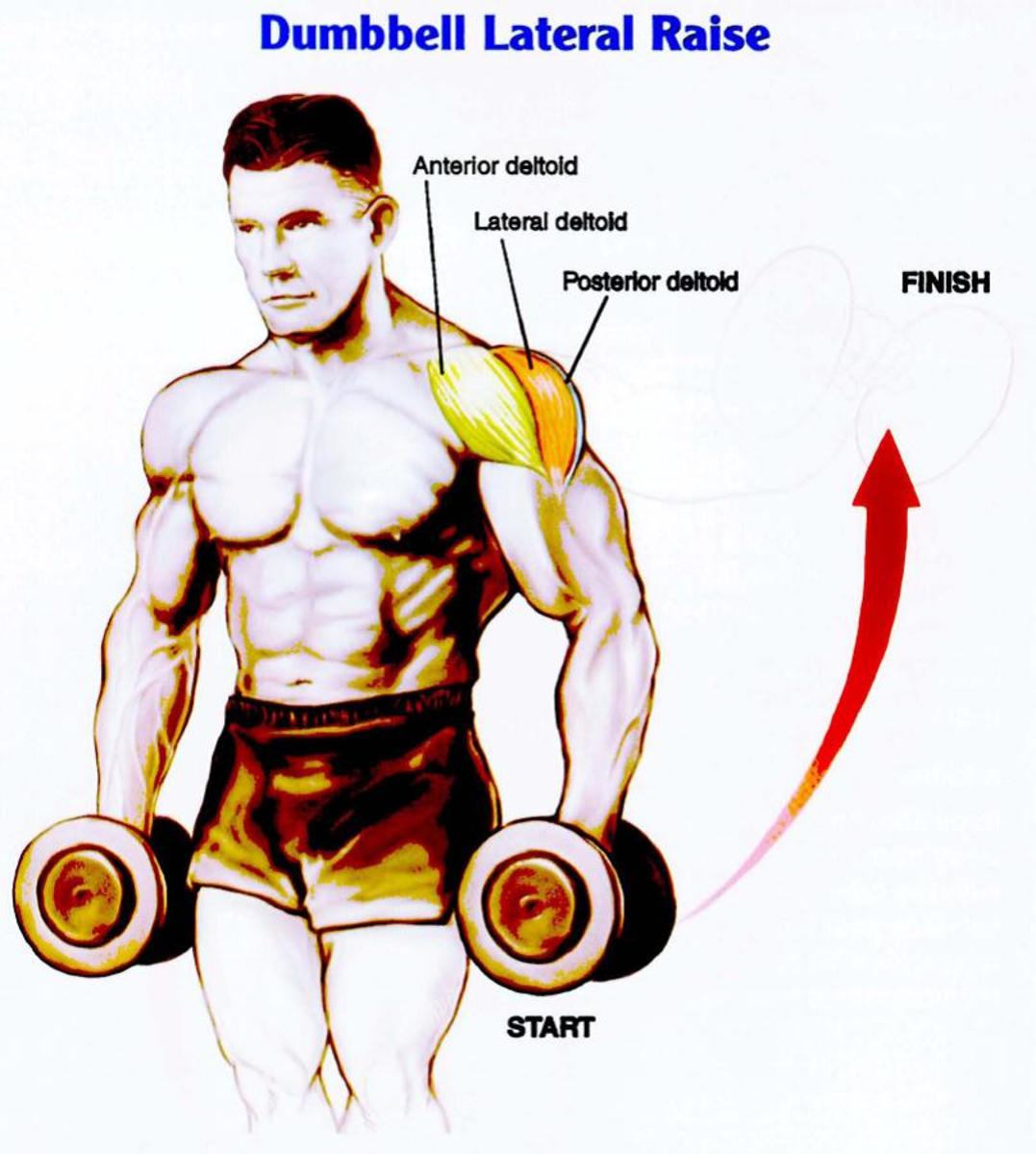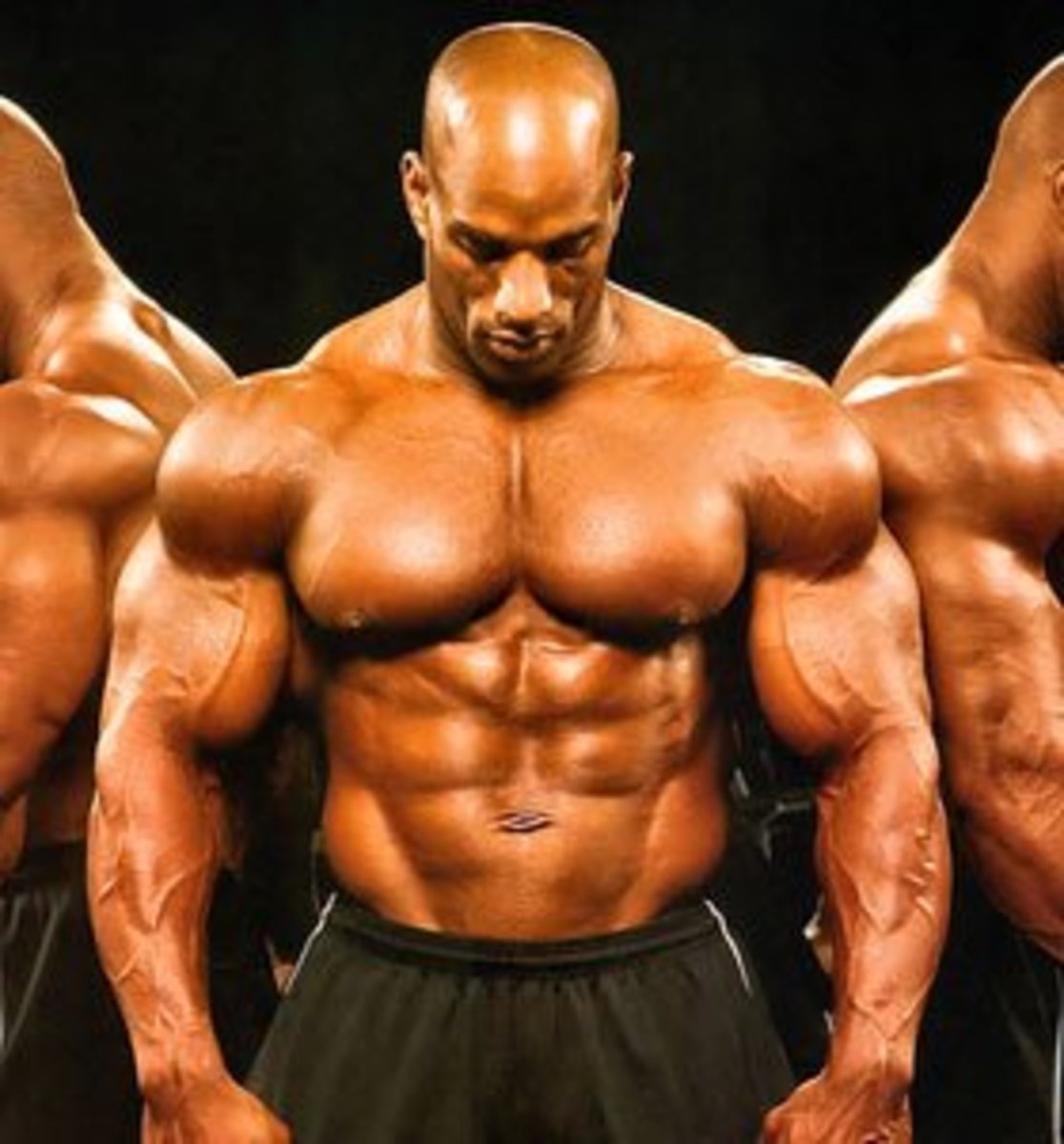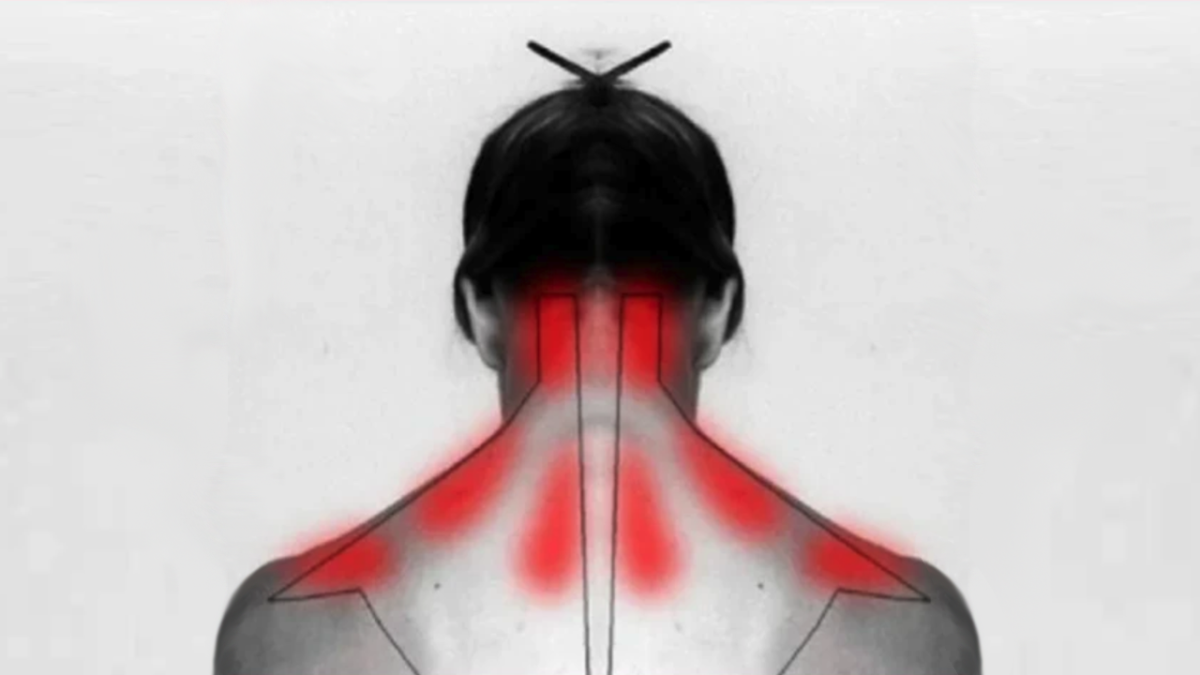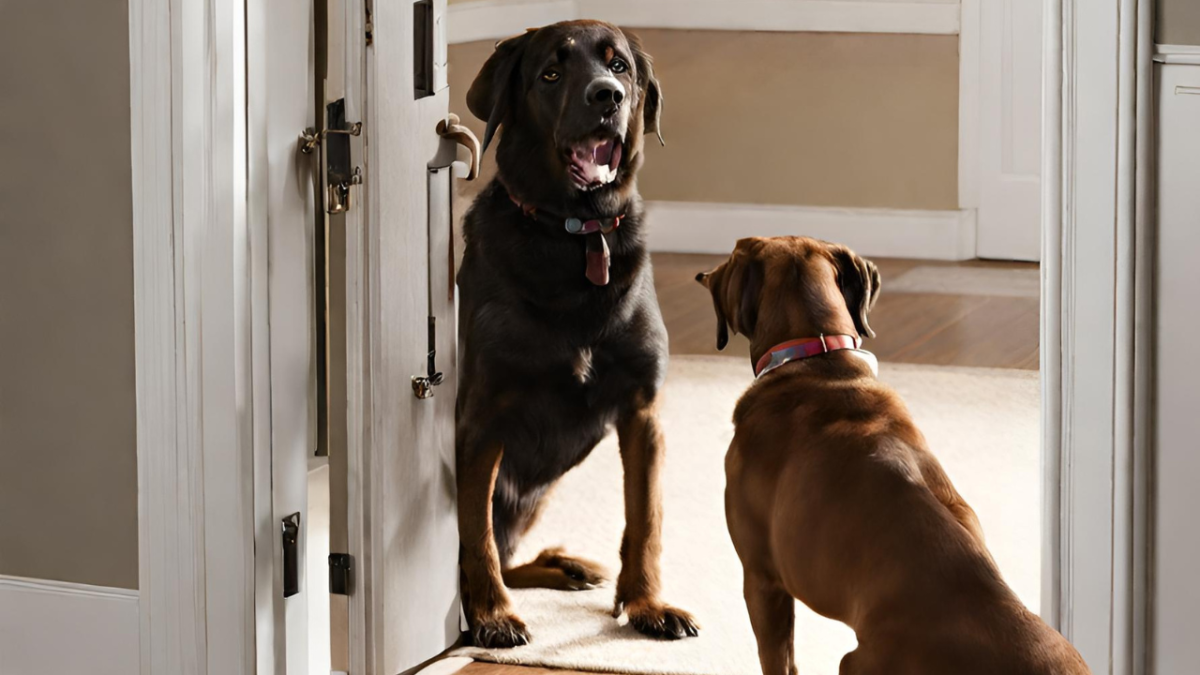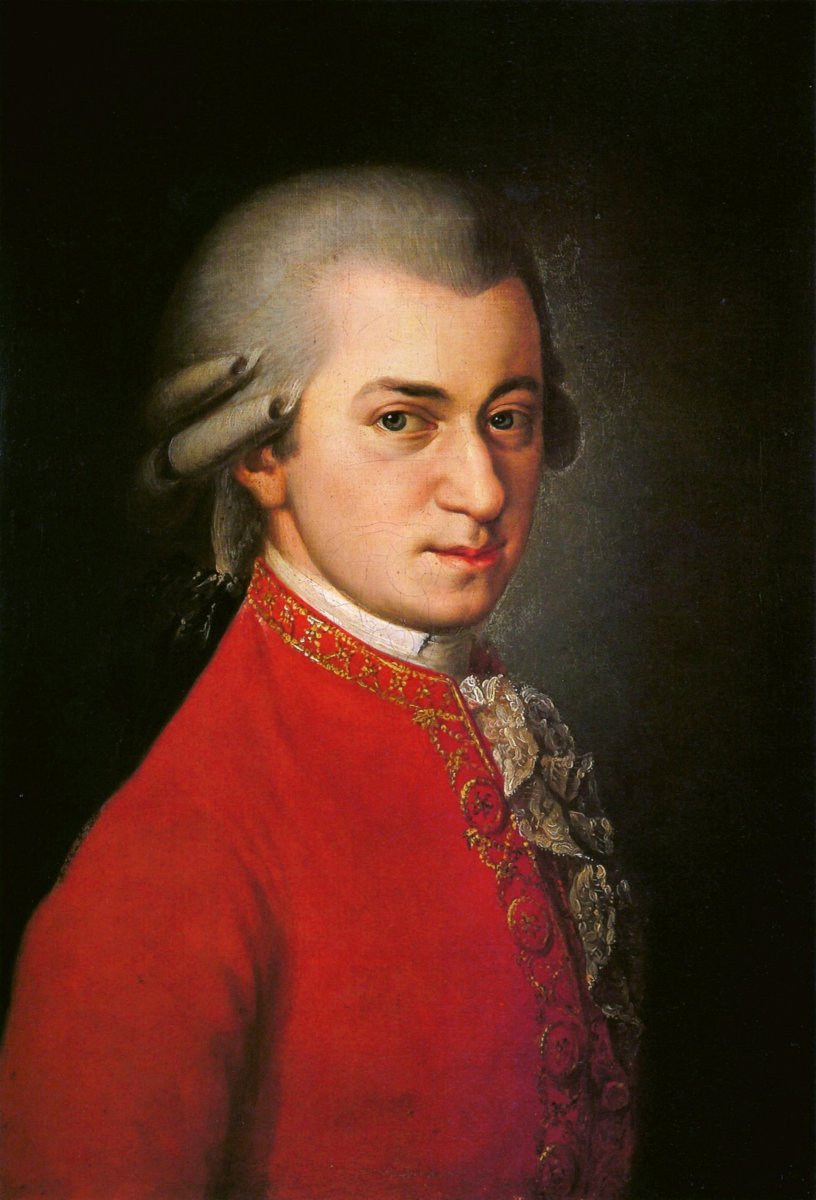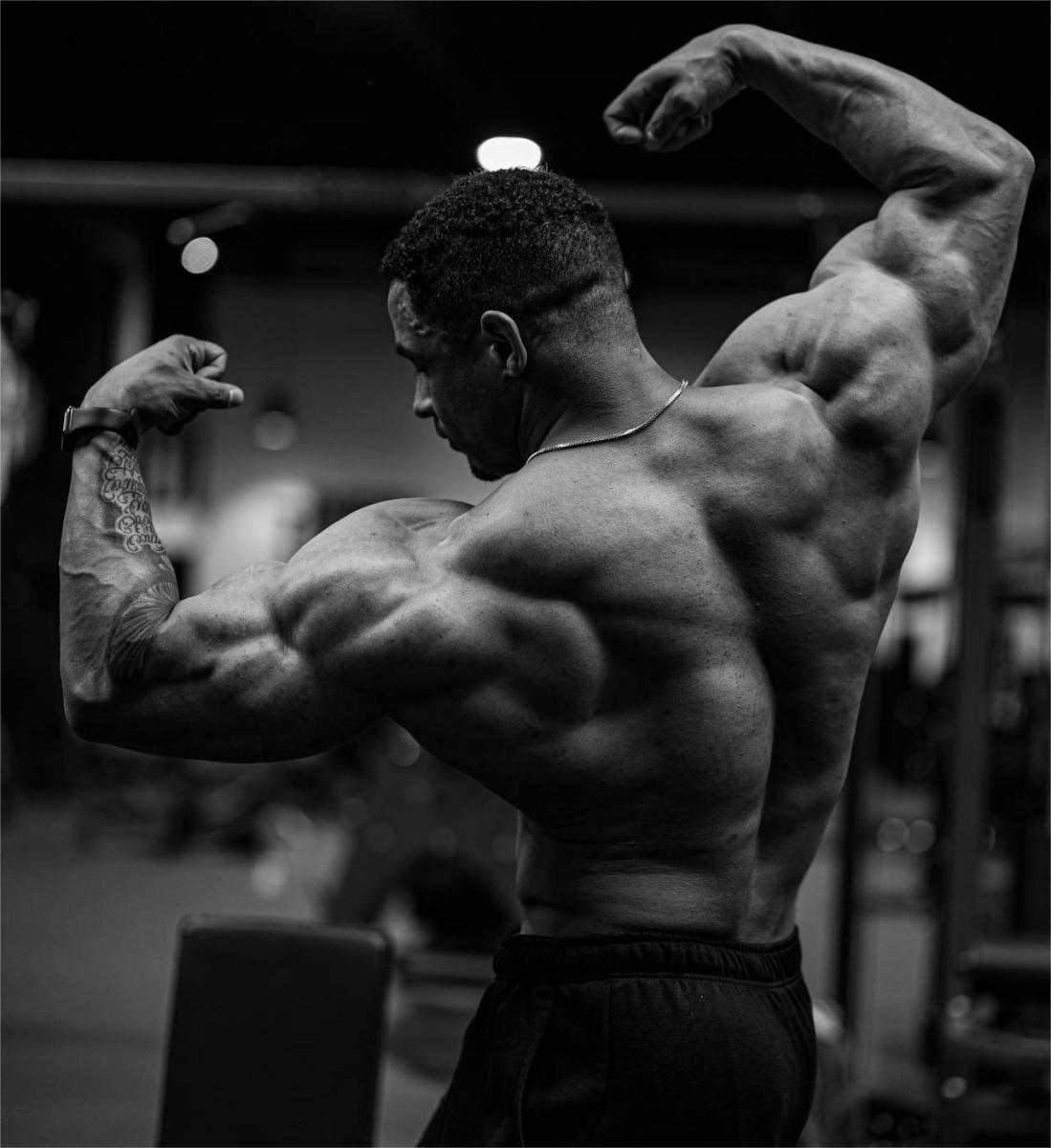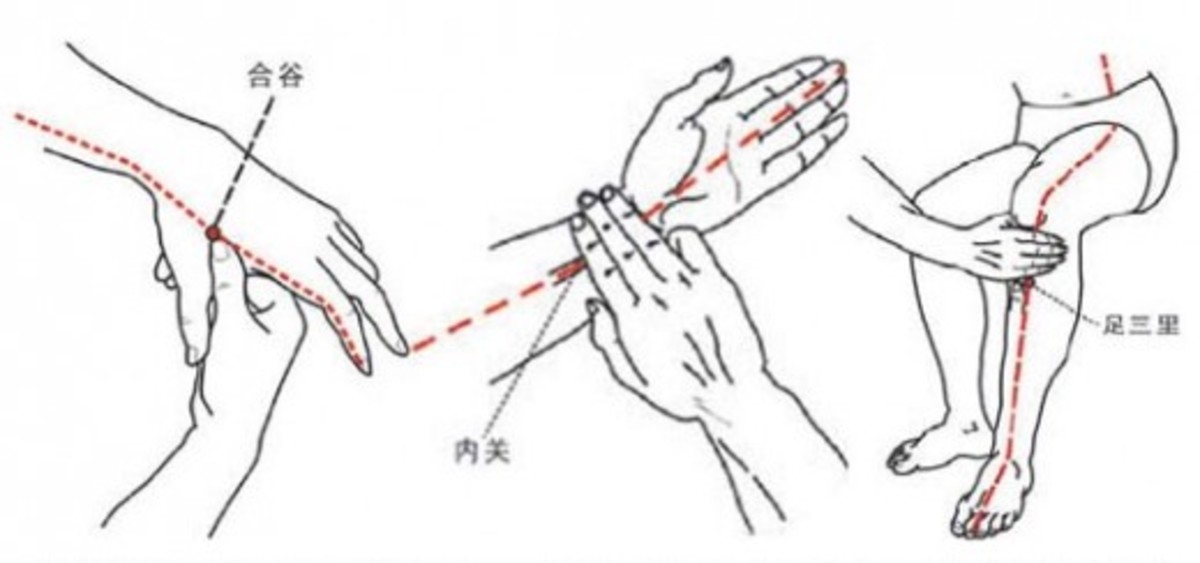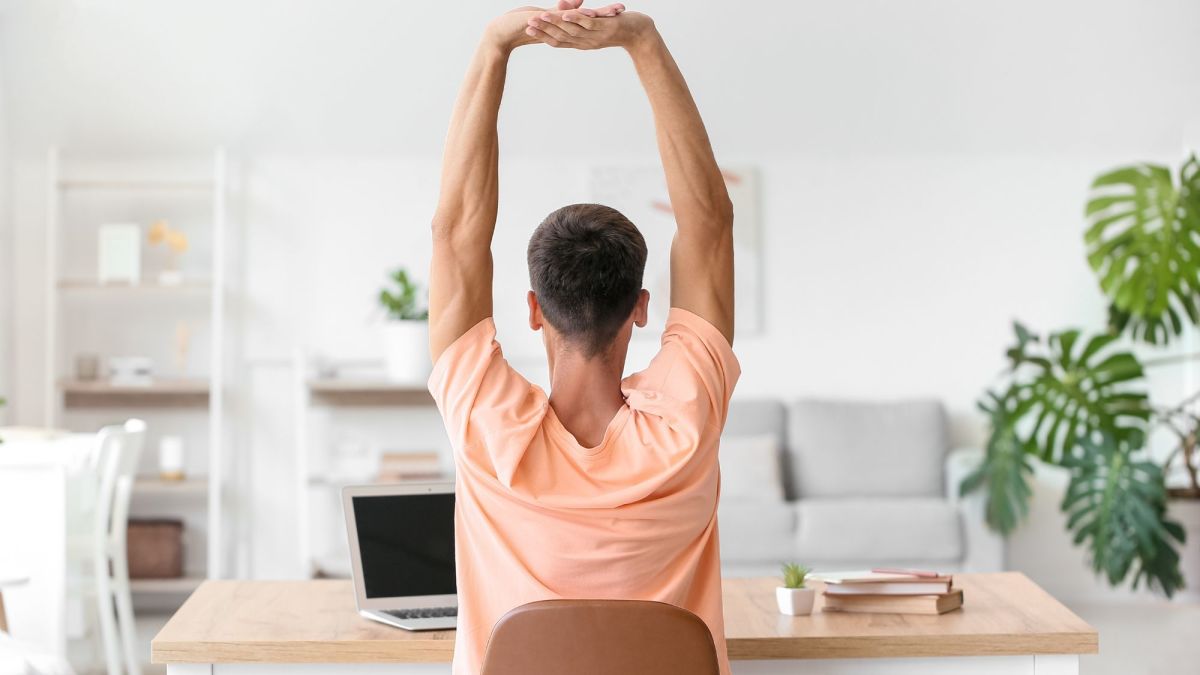Taiji Principles
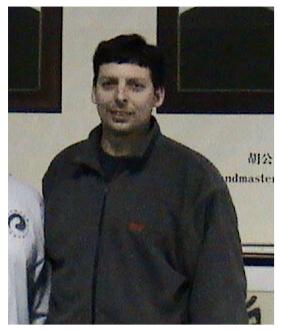
Tai Chi Principles
How many of us have spent hour upon hour in a martial arts studio of some kind, going over our latest lesson? And how many of us have struggled to understand the sometimes esoteric and confusing statements our instructor makes? One of the things that many of us have struggled with over the years is the understanding and implementation of those lessons. In the internal arts there are certain principles that teach us how to properly execute our forms and the applications derived from them. Those principles tell us how to maintain proper body structure and alignment and how to develop our energy. Unfortunately, there are many students who are never taught these principles. In discussions I have had with students and even teachers from other schools, I have found that many of them have never been taught these principles and in some cases have never even been told about them. Of those few that have learned them, only a fraction actually seem to understand them. So, what are the Taiji Principles? That’s a very good question. Opinions vary widely on what exactly the Taiji Principles are and how they should be applied to the art. Some people consider relaxation, slow motion and breathing to be principles, while others are mainly concerned with structural principles. In this article, I will attempt to cover as many of those various principles as I can. Please understand that this list will not cover everything every teacher considers to be a principle. Let’s start with a list of all the principles I will be covering.
Principles of Taijiquan (Tai Chi Chuan)
- Relax.
- Breathe.
- Go Slow.
- Sink.
- Head up as though suspended from above.
- Back straight, tailbone tucked.
- Sink Shoulders and Drop Elbows.
- Sink Chest and Raise Back.
- Distinguish full and empty.
- No leaning no tipping.
- Maintain Central Equilibrium.
- Maintain the Five Bows.
- Folding and unfolding in every movement.
- Clearly distinguish PLJA in every movement.
- Connect upper and lower.
- All movement is directed by the waist.
- When one part moves, they all move.
- Every movement all the way.
- Seek smooth, clear, continuous, circular movement.
- Internal and external united.
- Use mind and not strength.
As you can see from the list, principles are those key points that all practitioners must adhere to in order to progress in their art. That is not to say that these points must always be adhered to. In fact most Taijiquan forms I have seen have movements that clearly go against one or more principle. There are also masters in the world that have transcended the principles. Masters of that level are very rare. I have only ever met one.
Now, I would like to cover each of these principles in some detail. I will explain the main points to be aware of and the common mistakes people make. Remember, if I write something here that contradicts your teacher, don’t dismiss it, ask your teacher about it. See what he or she has to say on the subject. It may very well be that I am just explaining it in a different way. And if you are unfamiliar with a particular principle, try to use it in you practice. Then ask your self honestly if there is any improvement.
1. Relax. This is one aspect of Taijiquan that many people don’t fully understand. Relaxation seems like a very simple concept. It is, however, more complex than simple muscular relaxation. If it were as simple as muscular relaxation, then the typical coach potato would be a grandmaster of relaxation. Since that is not the case, what is real relaxation? Real relaxation is mental as much or more than physical. We must quiet our minds in order to truly relax. The first step is usually to regulate our breathing. By regulating the breath I mean that we must be aware of it, and then direct it. First sit or stand comfortably with your hands covering your lower abdomen. Both hands should rest below the navel, lightly covering, but not pressing in on the abdomen. First, just notice your breath. Become aware of the rise and fall of your chest without changing it. Notice the speed at which you breathe; the number of breaths per minute. Then start to concentrate on your lower abdomen. Begin to expand the abdomen on the inhale and relax it on the exhale. Notice that your breath becomes deeper and longer. Close your eyes and watch (mentally) how the air goes in through your nose, down to your abdomen, expanding it. Then watch how the air goes back out and the abdomen contracts. Concentrate on this until you are comfortable with it. Using this as a starting point, you can then focus on different parts of the body, telling each part in turn to relax. This will bring you to a state of relaxation far beyond simple muscular relaxation. The process of focusing on the breath has the added bonus of focusing the mind away from everyday troubles, which in turn contributes to even greater physical relaxation. When the mind is not concentrating on our troubles, finances, schedules, etc it is less likely to contribute to muscular tension, ulcers, and so on. So, as you can see it is more complex, but also much healthier.
2. Breathe. I think this is fairly self-explanatory. The reason it is a Taiji principle is that many people hold their breath when executing techniques. It is very common to forget to breathe when learning something new. So common in fact that the Taiji master of old chose to include it as a principle, to remind their students. It is also a reminder to breathe with the movement. If the breath is discordant with the movement, the timing is off, we tire easily, we use too much effort, and our techniques are ineffective. When we inhale, our energy tends to rise. When we exhale, our energy tends to sink. There is also a correspondence between energy and sound. There are entire qigong sets dedicated to this. In those sets, a certain sound is made either on the inhale or exhale, in conjunction with certain movements. One common set, with many variations, is six healing sounds . If at the end of you form, you find that you are breathing heavily, you must work to correct the timing of your breath with the movements and the location of you breath. The breath should be low in the abdomen near the Dantien. That is why we are constantly told to breathe to the Dantien. When we do, we are able to regulate the breath more readily.
3. Go Slow. Many people wonder why, in Taijiquan, we move so slowly. There are several reasons, not least of which is body memory. The belief is that slow movement allows our body to learn the movement more efficiently and permanently. We are also able to focus on the details of the movement. If we practice quickly, we are not able to learn the details as efficiently. If we want to learn detail, we must go slowly, otherwise the detail we want to learn is there and gone before we see what it was. Why do we want to learn detail? The martial techniques, and the greatest health benefits, are to be found in the details. The majority of martial techniques in Taijiquan are joint locks, throws, and pressure point activation, at least in my opinion they are. We also learn to breathe with the movement and keep our energy smooth when we go slowly.
4. Sink. This concept is fairly simple, but not easy. The main thing is that this needs to happen at the hip and knee, not just the knee. The Chinese masters talk about sinking in the Kua. The Kua or Gua is part of the hip joint, but it has a certain action that the Chinese consider separate from the hip. The hip joint can move in three ways. First, it cam move the leg forward and backward as in walking. Second it can move the leg side to side. Third it can rotate the leg inward and outward. The Kua is the third action, rotation. So, it works like this. If you are in a horse stance and want to shift from the right leg into the left leg, you could simply shift from leg to leg. But Tai Chi principles ask us to do more than that. Instead we want to shift Kua to Kua. What I mean is that there will not be a large and obvious shift of the weight. Instead, one Kua is closed (rotated inward) and the other Kua is opened (rotated outward). This action is a part of the process of sinking as well. Since we do not want the weight to be even in the legs, we want to shift slightly to one side or the other as we sink the weight downward. Sinking the weight down is to lower the center of gravity, a simple idea with a somewhat complex execution.
5. Head up as though suspended from above. The head should be held erect as though it is being pulled up by a string attached at the crown, the Bai Hui point. For those that do not know what the Bai Hui point is, it is your uppermost energy gate. Whether you believe Qi exists or not is irrelevant. The point exists and is important in Taijiquan and Qigong. One thing that people forget, if they even know to begin with, is that the crown of the head is not at the top-dead-center of the skull. Instead, it is farther back. Still on top of the skull, just farther back. If you were to look at a skull in profile, you would see that the Foramen Magnum is directly below the actual location of the Bai Hui point. The Foramen Magnum is where the spine connects to the skull. So, if you were to draw a line from the top of the Axis or C1 vertebrae, out through the top of the skull. That is the point at which the Bai Hui is located. It is also roughly the midway point along the sagittal suture. It is therefore that point that should be held up. When you hold up the Bai Hui as though suspended from above by a string, you will find that the chin pulls in very slightly. Do not try to pull the chin in. If you do you will inevitably overdo it and cause tension in the neck. If you start to get a headache while doing this, it indicates too much tension. You are trying too hard, relax. Many people forget to maintain this principle and let the head jut forward. We have all seen someone that spends a lot of time at the computer or someone that slumps when they sit. Their head tends to jut forward rather than rest atop the spine. They have a tendency toward neck pain and shoulder tension. Why? Because they are putting the full weight of their head on the trapezious muscle. The Trapezious is the main muscle of the back of the neck and the top and back of the shoulders near the neck. When the head juts forward the full weight of it is suspended by this muscle. That’s why people have so much tension in their shoulders and neck. By keeping the head up as though suspended from above, we are also forced to keep the spine straighter, thus relieving that tension.
6. Back straight, tailbone tucked. Sit slightly as if you are just starting to sit down in a chair. The first thing that happens is the tailbone naturally tucks under. This straightens the lower back. To test this, place one hand on your lower back and the other on your lower abdomen, below the navel. When you start to sit down notice how the pelvis rotates slightly and the lower back straightens a bit. Try this in different stances from your form and/or qigong. People tend to make two main mistakes that I have seen. First, and probably the most common, is that people stick their butt out when sinking. So in effect they are not tucking the tailbone or straightening the back at all. While it may not be readily apparent to them, it is obvious to anyone watching because their lower back is arched. The best thing to do to remedy this problem, in my opinion, is to do the test I mentioned earlier. Go through your form and test yourself periodically. Some people think that practicing form absolutely requires that they do the whole thing. But to actually progress, you must break it down into smaller pieces, practice those pieces and then reassemble it. The second biggest mistake I see is that some people over-tuck the tailbone. Basically, they know what they are trying to accomplish, but they are trying too hard. All they need to do is relax into it. Again, using the test I mentioned earlier is a good way to remedy this with the added component of making sure they don’t feel any tension in the stomach or buttocks.
7. Sink Shoulders and Drop Elbows. Keep the elbows down, even when raising the arms. This keeps the shoulder from rising. A raised shoulder is a weak shoulder. Sinking the shoulders does not mean pulling them down. Instead, it means to relax and let them hang naturally. The elbow has the feeling of pulling down, as the arm is raised. That helps to keep the shoulder down. The elbow does not physically pull down; it just feels energetically like it is pulling or being pulled down. This relieves tension in the neck and shoulder, especially in the Deltoid and Trapezious muscles. A common mistake is to let the elbow rise up too high. When the elbow is horizontally even with the shoulder it is too high for most postures. There are of course exceptions. For example, some styles raise the hand all the way over the head in Golden Cock Stands on One Leg.
8. Sink Chest and Raise Back. The chest should be relaxed and allowed to hollow slightly. This in turn will round the back. This should be very comfortable. Many of us were taught to pull in the stomach and pull the shoulders back as a method of standing up straight. This was thought to be good posture. There are several problems with this. First, it arches the spine, which is exactly the opposite of what we are trying to accomplish. Second it makes the breath very shallow. Shallow breathing is not conducive to relaxation or to smooth movement. Nor is it conducive to clear thinking. The shallower breath actually deprives the brain of oxygen.
9. Distinguish full and empty. Never stand with the weight exactly even in the legs. There should always be more weight in one leg. The weight changes constantly throughout the form. In any stance, there should be a clearly full leg meaning it carries more of your weight. Some people refer to this as not being “double weighted”. The idea of double weightedness is much more complex than just having the weight even in the legs. It also refers to the energy and the mind. If the mind or the intention is split, that can be being double weighted. If the energy is traveling in two directions that are not complementary, that is being double weighted. What I mean is that the energy can go in two directions, but they must complement each other. For example, if you want to punch you will have opposite but complementary forces in the arms. When the right hand punches forward, the left elbow thrusts back with equal force. Try this on a punching bag or the equivalent. First try punching with just the strength of the arm. Then try pushing with your rear leg as you punch. Then try punching with the left elbow going back with equal force. You will see that the arm alone is the weakest. Pushing with the back leg is stronger, but thrusting back with the elbow is the strongest. Next, try pushing with the back leg during the punch again; then try pushing with the back leg and pulling with the front leg. And finally, try pushing forward with the back leg and backward with the front leg. This opposing force in the legs helps to create, in part, your root. The root is what gives you a solid foundation from which to execute, in this case, your punch. If the front leg pulls and the back leg pushes you will feel that you are over-committing to the forward movement and will feel off balance. If the front leg is passive, not pushing or pulling, you will also feel off balance, just not as much as with the front leg pulling. Energetically, this is also true. If the intention is 100% forward, you will feel like you are over-committing. If your intention is split in two directly opposing directions, you will feel stronger and more balanced. There are more advanced levels of intention and energy direction that I will not discuss in this article.
10. No leaning no tipping. This is fairly simple, do not lean forward or back or tip to the side. Keep the body upright as thought the spine were a pillar. When a pillar tips, it falls. The same happens with people. Leaning puts a strain on the body and destroys the root. The main problems with leaning or tipping are that energy cannot flow smoothly and applications are ineffective.
11. Maintain Central Equilibrium. This means to maintain an upright posture, but it’s not that simple. What about many of the postures in Wu style or certain postures like Punch Hits the Ground , in Chen style? They are not upright in the strictest sense, but they are aligned properly. In our school we have a saying. It is, Xu Ling Ding Jin. What it means is that we must keep proper alignment of the spine in order to be stable and connected. Therefore, the entire torso is kept aligned. What I mean is that the crown of the head is kept in alignment with the Hui Yin at the perineum. When we bend the body in a way that takes those points out of alignment, we are breaking our central equilibrium. Notice when a Wu style master practices Brush Knee, he seems to lean forward. But in reality he is maintaining his alignment. If you look from the side, you will see a straight line from the crown of his head to the heel of his rear foot. You will also notice that he is not leaning out beyond his forward foot. He is instead creating a right triangle, the three points of which are his feet and the top of his head. By maintaining central equilibrium, we also maintain balance and are able to relax more in our form.
12. Maintain the Five Bows. What are the five bows and how do we maintain them? Each arm and leg should be bowed, that makes four. The fifth is in the body. Let’s start with the arms. To create and maintain a bow in the arm, you must build the right structure. There are two different ways to create a bow in the arm, I will start with the Chen style way then I will cover the other. For Chen stylists and Chen off-shoots, start off by bringing the right arm up in front of the body, palm out. With the wrist directly in front of the sternum, extend out until you have approximately a 135 degree angle at the elbow. Then turn the palm down slightly so that it is no longer facing outward, but rather down and out at a 45 degree angle. Now drop the elbow so that it is below the shoulder and the wrist. When you do this, if you are relaxed, you may feel a slight tension from the tip of the little finger, up the outside of the arm to the shoulder then up to the base of the skull at the Mastoid Process behind the ear. If you are truly relaxed and not holding muscular tension, then this tension will be like surface tension on water. Surface tension is what allows a drop of water to form a bead on a flat surface or cause an object to float. There should also be a feeling of outward expansion, much like a real bow. When a bow is stung, there is a constant outward tension against the string. So, when you have your arm in the correct alignment and structure, you will feel as thought you have strung the bow of your arm. The trick is then to keep it strung. This bow is of a single curve like that of a long bow, see illustration below.
Now move the arm to the side in a Lazily Tying the Coat motion. When you do, maintain the relaxed surface tension as you turn your elbow down. In this position, the elbow should feel as though it is pulling down and in toward the ribs. The fingers will now be vertical and if you have maintained the structure of the arm, you will still have the tell-tale tension on the outside of the arm. Experiment with maintaining this structure throughout the circular movements of your form. As for the bow used by Yang stylists and others, it is built in a very similar fashion. For this bow, begin with the right arm up, wrist in front of sternum, palm turned in. Extend out until the arm is rounded. Maintain the same 135 degree angle at the elbow. Now turn the palm until it is angled up at a 45 degree angle and drop the elbow down below shoulder and wrist. Here you will feel the tension I mentioned earlier, but this time it is in the index finger and/or the thumb. It goes up the radius side of the arm to the shoulder and finally to the mastoid process and spine as before. Play with this; see if it helps you maintain your structure without using muscle strength.
Now, as for the legs, the bow is maintained in a similar way. Let us start with the ankle. The ankle is strongest on the inside. Anyone that has ever twisted their ankle knows that it is weakest to the outside. Therefore, any stance or motion that causes the ankle to be pressed outward is very weak. With this in mind, we want to prevent the outward collapse of the ankle by keeping the weight toward the inside of the foot. It should feel as though the ball of the foot, behind the big toe is being pressed into the ground slightly more than the rest of the foot when you stand still. At the same time that you are turning in with the foot slightly, you should be turning out with the knees slightly. When the knees turn out and the weight is maintained toward the inside of the foot, which effectively turns the foot in slightly, you will feel the same sort of tension in the leg as in the arm. In moving, if you move Gua to Gua rather than leg to leg you will be able to maintain these bows throughout your form. Gua to Gua movement is a subject that volumes could be written on, so I won’t go into it here.
Now, as for the bow in the body, there are two different opinions. Some say the bow is across the back, between the shoulders, effectively bridging the gap between the bows in the arms. I disagree. If the structure of the arm is correct, then the bow actually extends all the way to the spine, thus eliminating the need for a horizontal bow across the back. If the chest is hollow and the back is round, the arm bows will reach to the spine. So instead, I believe the bow is vertical. Take a look at a picture of the spine. From a side view the spine has three curves, the cervical, the thoracic and the lumbar. Now look at a Recurve Bow from the side and you will see that it has the same three curves. This analogy is not exactly correct, but for illustrative purposes it will do. See Illustration Below. When a Recurve Bow is strung it is curved, but it tenses outward against the sting in an attempt to straighten itself. This is what we want to do, in a sense. When the head is held up as though suspended from above and the tailbone is tucked, we are in a sense tightening the bow string. When the sting is tight we can maintain our structure with little effort and we are able to connect upper and lower. I will cover this subject more in the discussion of body folding.
13. Folding and unfolding in every movement. The Taiji classics tell us that all movement is lead by the waist. That not only means the side to side motion that goes with turning the waist, but also the up and down motion that includes folding and unfolding. Folding then, is a movement up and down of the pelvis in a sort of rolling fashion. The classics say that movement starts in the foot is developed in the legs and is lead by the waist. The connection between the legs and waist is the pelvis. It is this part of the body that connects the upper and lower. Therefore, when the legs have begun their movement the pelvis rolls in a way that slightly exaggerates the tucking of the tailbone, which is folding. Then the upper body begins its motion which is unfolding. The unfolding and folding combined is a subtle movement that connects the upper and lower and simultaneously keeps the bow in the back tight. Any upward movement of the body is accomplished through extension of the legs, folding up and unfolding up. Any downward movement of the body is through folding down, unfolding down and leg compression. This is a very difficult concept to put into writing.
14. Clearly distinguish PLJA in every movement. For those that don’t know, PLJA stands for Peng, Lu, Ji, An. If you have read or heard about the thirteen postures of Tai Chi, then you have heard of PLJA. You just might not know them by these names. PLJA are the first four of the eight energies and five directions that make up the thirteen postures. The eight energies are as follows, Peng, Lu, Ji, An, Tsai, Lie, Jo, Kau. The five directions are, forward, backward, left, right and central equilibrium. I will only cover PLJA for now. Peng means “ward off”. It is usually characterized as an upward movement. Lu is “roll back” usually characterized as a backward movement. Ji is “press” usually considered a forward movement. An is “push” usually a downward movement. This principle is telling us to have PLJA in every movement, every circle. These four energies create all circles, although they do so in a different order. We say PLJA, in that order for a very good reason. These four energies answer each other in that order, more on that in another article. The order of these four energies that makes up circles is PLAJ. If you think about that order you will see what I mean. Peng moves upward, Lu moves back, An pushes down, and Ji moves forward. But these movements are not just directional; they are also intentional and energetic. So when I want to move up, there is intention and it is an expansion from the ground upward. When I want to move forward it is with intention and energy. I don’t just move forward, I expand forward. When I want to go back it is both a contraction and an expansion. And when I want to sink, it is with expansion upward and the whole body sinks together. PLJA and the rest of the thirteen postures is a subject that volumes could be written about. So, I will leave them for now.
15. Connect upper and lower. While it is the waist that leads the movement, it is the legs and their connection with the earth through the feet that provides the root. Without rooting, the technique will be ineffective and, in the extreme, even damaging. How do we connect upper and lower? By making sure that every movement of the upper body is complemented by a movement of the lower body. As in the above example of the punch, we want the upper and lower body to work in concert. If the upper body is active, and the lower body is passive, the technique will not work. With the opposing force in the legs, mentioned above, the upper and lower body can work together to accomplish the technique. This provides for whole body movement in every technique. One common mistake I see is that people let the legs finish their movement before the upper body finishes. That is disconnected movement. One example is in the Chen style “Lazy about tying the coat”. In this posture many people shift the weight completely before turning the waist to execute the upper body movement. Since all movement should start in the foot, it makes sense that the weight will begin to shift before the waist begins to move, but only very slightly before. And all parts should finish the move simultaneously.
16. All movement is directed by the waist. My favorite verse in the Taiji classics is, “The mind is the General, the Qi is the flag and the waist is the banner”. What this is referring to is the ancient way of combat. Before the days of radio communications they used flags. The General would give the orders, the Flagman would signal the Banner carrier, and he in turn would lead the troops to where they were needed. For our purposes, as the classic says, the mind is the General. It gives the orders for what the body should be doing. The Qi is the flag. As I said earlier, where the mind goes the energy goes. This means that the Qi is given the order and then it relays the order to the waist. Then the waist carries out the order. The waist is the banner. The troops, or in this case the body, follow the banner. The waist brings everything together. It is responsible for connecting the upper and lower bodies into a unified whole.
17. When one part moves, they all move. This is essentially our whole body connection. It is cautioning us against disconnected movement. When you want to move your right hand, you must move the entire body, for example. Meaning, “All movement is rooted in the foot, developed in the legs, guided by the waist and manifest in the hands”, as the Tai Chi classics tell us. So how do we do that? Well, as your teacher has probably told you, practice. With any of these principles, you will not be perfect right away. You must start small and build on that. Begin with one circle; say a vertical circle like a clock face. When you want to draw the circle clockwise with your right hand, you must move the body with it. What I mean is that in order for the hand to rise up along the left side of the circle, you must stand up in the legs. To go right along the top of the circle, you must shift your weight and turn your waist, and so on. Starting from that circle you will eventually be able to incorporate whole body connection into all circles. This is, at least partly, what this principle means.
18. Every movement all the way. This is a phrase that anyone who has ever trained with Master Zhang Xuexin, should be very familiar with. It is his favorite saying, but what does it mean? The concept is actually quite simple, but internalizing it is difficult. It means that we must finish each movement energetically and intentionally, but without breaking from the other movements. It definitely does not mean to extend the limbs completely. That would be overextending. We are told that we should save a little. Saving a little means that we should not extend as far as we can, we should hold back a bit, to stay in our comfort zone and in our power zone. We do this by maintaining the five bows in the limbs and body. If we maintain all five bows we can’t overextend. So, without overextending we must finish each movement before moving into the next. To finish the movement, we extend and sink, relaxing without stopping. Then turn our intention to the next movement.
19. Seek smooth, clear, continuous, circular movement. Try to move smoothly and continuously without breaks or stops in your movement. The idea of clear movement is basically that you should practice complete movements. What I mean is that you don’t want to be executing a movement while you’re thinking three moves ahead. It makes for sloppy movement. Sloppy movement makes for ineffective movement. Movements should be smooth and continuous. There is a difference between stopping and settling. An example, again from Chen style, is when you have finished the Six Sealing and Four Closing posture. Before you step out for the beginning of single whip, you should sink the body, sink the energy. This is different from stopping, in that when you stop, everything stops. When you settle, you may not make large movements, but you are sinking internally and externally. It is subtle, but it can be seen and it is a continuation of the previous movement. The thing that people general do wrong here is that they consider the sinking part a separate movement. The result is a number of movements strung together, but not connected. They are not continuous and the result is like a machine. The form looks very mechanical. Those breaks between movements then become the weakest part of the form. As a result of those weak areas, the form becomes less useful as a self-defense practice. It also becomes less effective as a health maintenance exercise.
20. Internal and external united. The circles on the outside are mimicking the circles on the inside. For beginners it may very well be the other way around, but this is the goal. The internal circles are energy circulating in the meridians. They are also small muscle contractions that serve several purposes. First they are helping to lead the body through the proper execution of the movement. Second, they are massaging the internal organs. This serves to stimulate the organs and thus improve their function. It also helps to break up blockages in the energy and correct the flow of that energy. The larger muscle contractions, that allow us to make the external circles, serve several purposes as well. For example, the contractions of the muscles of the thigh, the quadriceps and others, are directly related to blood pressure. The Chinese consider the legs to be the second heart. The reason for this is that the contraction of the large muscles helps to pump the blood out of the legs back toward the heart. This takes some of the pressure off the heart muscle. Without those contractions the heart has to work much harder to circulate the blood. That is one of the main reasons walking is so healthy.
21. Use mind and not strength. Tai Chi trains us to use our whole body connection to accomplish our goals rather than brute force. That is why a small frail-looking old man can overcome a younger, stronger opponent. The Tai chi classics tell us, where the mind goes the energy goes and where the energy goes, the body follows. If we do not execute our movements with the mind first, we have a tendency to use strength. When we use strength, we tire easily and we cause tension that raises blood pressure, etc. We also have a tendency to become top-heavy. When we try to use too much muscle we rise up. What I mean is that we raise the shoulders, stand up too straight, etc. What this does it sever our connection with the ground. This principle also encompasses the idea of, four ounces to move a thousand pounds . From a physics perspective, this is something like Newton’s Second Law of Motion. This law states that when force acts on an object the object accelerates in the direction of the force. Force acting on a moving object will cause it to speed up, slowdown or change direction. If a moving object is acted upon by an angular force, the object changes direction. If that angular force is not opposed by a directly opposite force it need not be a very strong force. Therefore, if a moving object like a clenched fist is moving forward with say, 1000 lbs of force, then an unopposed four ounce angular force will deflect the fist from its original path, thus the classic saying, four ounce to move a thousand pounds . This tells us we do not need strength to overcome strength. We need only understand this basic law of physics.
I have chosen to write this article, not because I think I know better than anyone else. I know that I still have a great deal to learn. Instead, I have written for the benefit of my students and, frankly, because I have seen the need for this type of article. Over the years, I have met many practitioners that do not study the Taiji classics for one reason or another. In some cases those people were taught the classics, just not told explicitly that they were. In other cases, their teacher has chosen not to teach them. The classics can be very confusing. They are written in a style that can sound like so much gibberish at times. At first they may, and often do, seem that way, and it can take quite a long time to begin to make sense of them in the context of your practice. That is why certain masters have taken it upon themselves to extract some of the essentials from the classics in order to help their students begin to understand. One good example is, “Tai Chi Touchstones: Yang Family Secret Transmissions” compiled by Douglas Wile. This book lists and discusses the “Ten Important Points” as taught by Yang Cheng Fu, all of which are included in this article. In chapter seven of, “Tai Chi for Health and Self-Defense” by T. T. Liang, Master Liang discusses many of the same points I have written about here. In, “Chen Style Taijiquan: The Source of Taiji Boxing”, the authors, Davadine Simm and David Gaffney discuss the teachings of several Masters including Chen Xiao Wang. In Chapter three, “Foundation: Body Requirements”, the authors detail many of the principles on my list as they are taught by Grandmaster Chen Xiao Wang. Another example is that of, “The Tao of Tai-Chi Chuan: Way of Rejuvenation” By Master Jou Tsung Hwa. In this book, that many have referred to as the Bible of Tai Chi, Master Jou goes to great length to translate and discuss the classics.
Many teachers talk about the, “levels of Tai Chi”. They all vary on what they consider those levels to be, but the point is that all of them teach that an understanding of the Tai Chi classics is the key to reaching any or all of those levels. The beauty of the classics is that, no matter how long you study, you can always come to a deeper understanding tomorrow than you have today. For those that have not yet begun to study the Tai Chi Classics I recommend, “Tai Chi for Health and Self-Defense”, by T.T. Liang. It is a very good translation and explanation of the classics by a world famous master. There are other translations out there, but I personally think his is the best. Study the classics. Apply the classics. Memorize the classics. I teach by the classics, as did my teacher before me. My students hear quotes from the classics so often that they have them memorized. The classics are something that you can’t just read and be done with. They need to be studied and re-studied throughout your life. When you think that you know them and have applied them, you need to study them again and reapply them. Your understanding of the classics will change as you grow in your Tai Chi.
Sifu Troy Holloway has been involved in the martial arts for nearly thirty years beginning with Kamishin-Ryu Karate at the age of ten. From humble beginnings in rural southeast Idaho to tournament grand champion and successful coach his journey, though just beginning, has left him with certain impressions. Over the past twenty years, and more so recently, Sifu Troy has seen what he feels is the deterioration of the martial arts. With so many practitioners focused on competition or quick promotion, he feels that the quality has been traded for flash. It is his feeling that there should be more formal regulation of teaching credentials in this country and indeed the world. In lieu of that regulation, he wishes to do his part to raise the level of quality in his chosen art. To do so he has taken it upon himself to put into writing all that he has learned from the many masters he has had the privilege to train with in the hope that it will inspire others to seek quality training from qualified instructors. He now resides in Helena, Montana where he teaches the Chen Hunyuan Xinyi Taijiquan system of Grandmaster Feng Zhiqiang.
Diagram 1
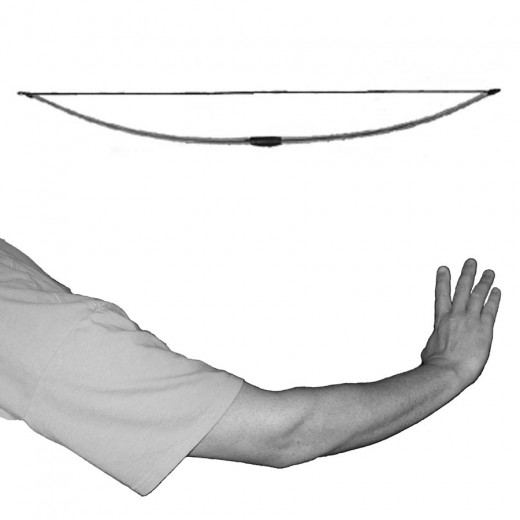
Diagram 2
